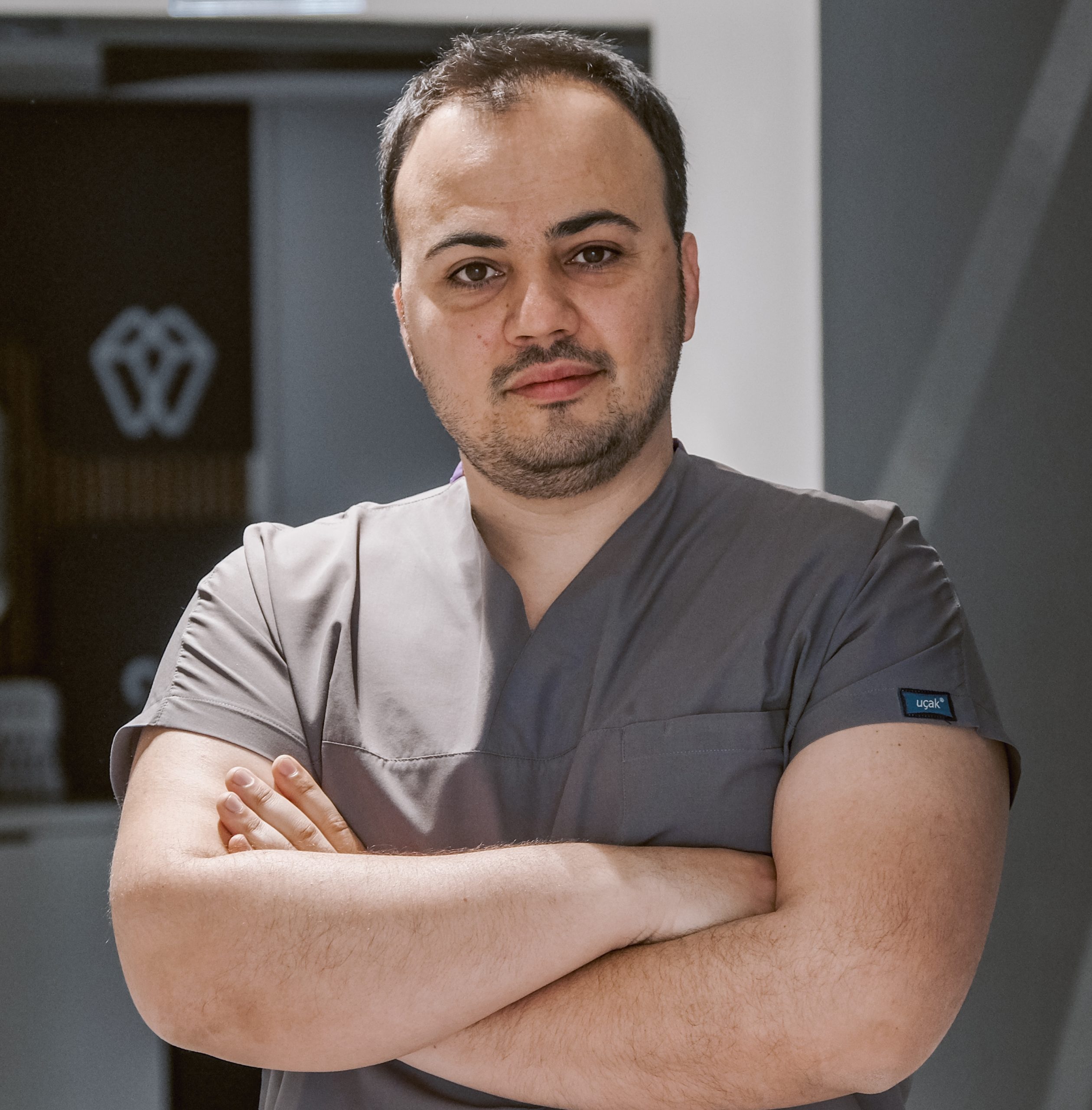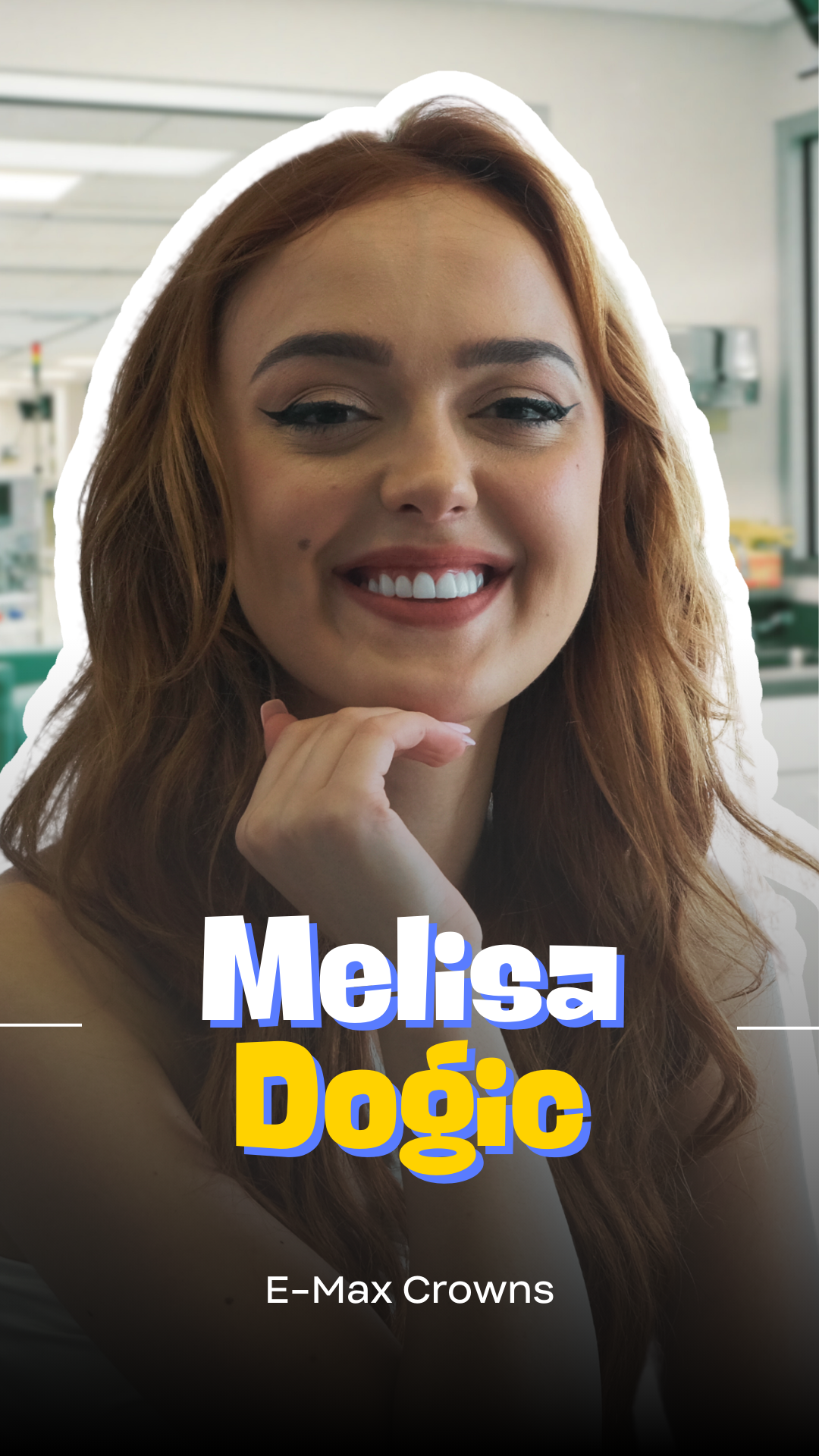Get information about Impacted Tooth Extraction with the explanation of specialist dentist Mehmet Ali Koldas.
Impacted Tooth Extraction

Impacted Tooth Extraction, Prime Dental Turkey.
Teeth that are partially or completely under the gum tissue are referred to as impacted or partially impacted teeth. This condition is commonly seen with wisdom teeth (third molars).
Following this, impacted canines are also frequently observed. Impacted teeth are classified based on their position: horizontally impacted teeth, vertically impacted teeth, mesially impacted teeth (leaning forward), and distally impacted teeth (leaning backward). While impacted teeth may sometimes cause no symptoms, they can often lead to pain, swelling, and discharge.
What is an Impacted Tooth?
An impacted tooth is one that fails to emerge into its normal position in the mouth. This typically occurs due to a lack of space, improper angulation, or pressure from surrounding tissues. Impacted teeth can be completely impacted, remaining entirely under the gum or bone, or partially impacted, where part of the tooth is visible above the gumline. Several reasons contribute to the formation of impacted teeth:
- Lack of Space: The primary reason for impacted teeth is insufficient space for the teeth to emerge, which is common in individuals with small jaw structures.
- Incorrect Angulation: Teeth that attempt to emerge at an incorrect angle may become obstructed by other teeth or the bone structure.
- Genetic Factors: Impacted teeth can also be hereditary.
- Delayed Eruption: Some teeth may emerge later than usual and, during this period, may not find sufficient space due to the presence of other teeth.
Symptoms of Impacted Teeth
Impacted teeth can present various symptoms, including:
- Pain and Sensitivity: Impacted teeth can cause pain, sensitivity, swelling, and discharge in the gums. This pain may increase when chewing or brushing.
- Swelling and Redness: Swelling and redness may be observed in the area of the impacted tooth.
- Cysts and Infections: Impacted teeth can lead to the formation of cysts and infections, which can result in serious oral and jaw problems.
- Tooth Misalignment: Impacted teeth can cause adjacent teeth to shift and become misaligned.
Process of Impacted Tooth Extraction
The extraction of impacted teeth is typically performed by an oral and maxillofacial surgery specialist. The process generally involves:
- Imaging: A panoramic X-ray and dental CT scan are taken to determine the position of the tooth and its relation to surrounding structures.
- Anesthesia: Local anesthesia is applied to numb the area, preventing pain during the procedure. In some cases, sedation or general anesthesia may be used.
- Incision and Removal: Depending on the position and depth of impaction, an incision may be made in the gum or bone. The tooth may need to be sectioned into smaller pieces for complete removal.
- Closure: The gum is sutured closed after the tooth is removed. The healing process usually takes a few days to a week.
Post-Extraction Care for Impacted Wisdom Teeth
Post-extraction care is critical for accelerating the healing process and preventing complications. After the removal of an impacted tooth, it is important to:
- Use prescribed antibiotics, pain relievers, and mouthwashes as directed by the doctor.
- Apply cold compresses (ice) to reduce swelling, inflammation, and post-extraction pain.
- Consume soft and bland foods for the first few days, avoiding hot foods and beverages.
- Maintain good oral hygiene, but be gentle around the extraction site.
Importance of Addressing Impacted Teeth
Impacted teeth can lead to pain, infection, tooth misalignment, and other serious health issues. Early diagnosis and appropriate treatment are essential. The extraction of impacted teeth, with proper planning and care, is generally successful and free of complications. In some cases, impacted teeth may not require extraction and can be monitored instead, but annual check-ups by a specialist are recommended.
Mehmet Ali Koldas
He was born in 1989 in Izmir. After completing his primary, secondary and high school education in Torbalı, he went to high school in İzmir Atatürk High School.
In 2007, he started studying at Ege University, Faculty of Dentistry. In 2012, he started his specialization exam in Dentistry and started his residency in the Department of Oral and Maxillofacial Surgery at Süleyman Demirel University.










